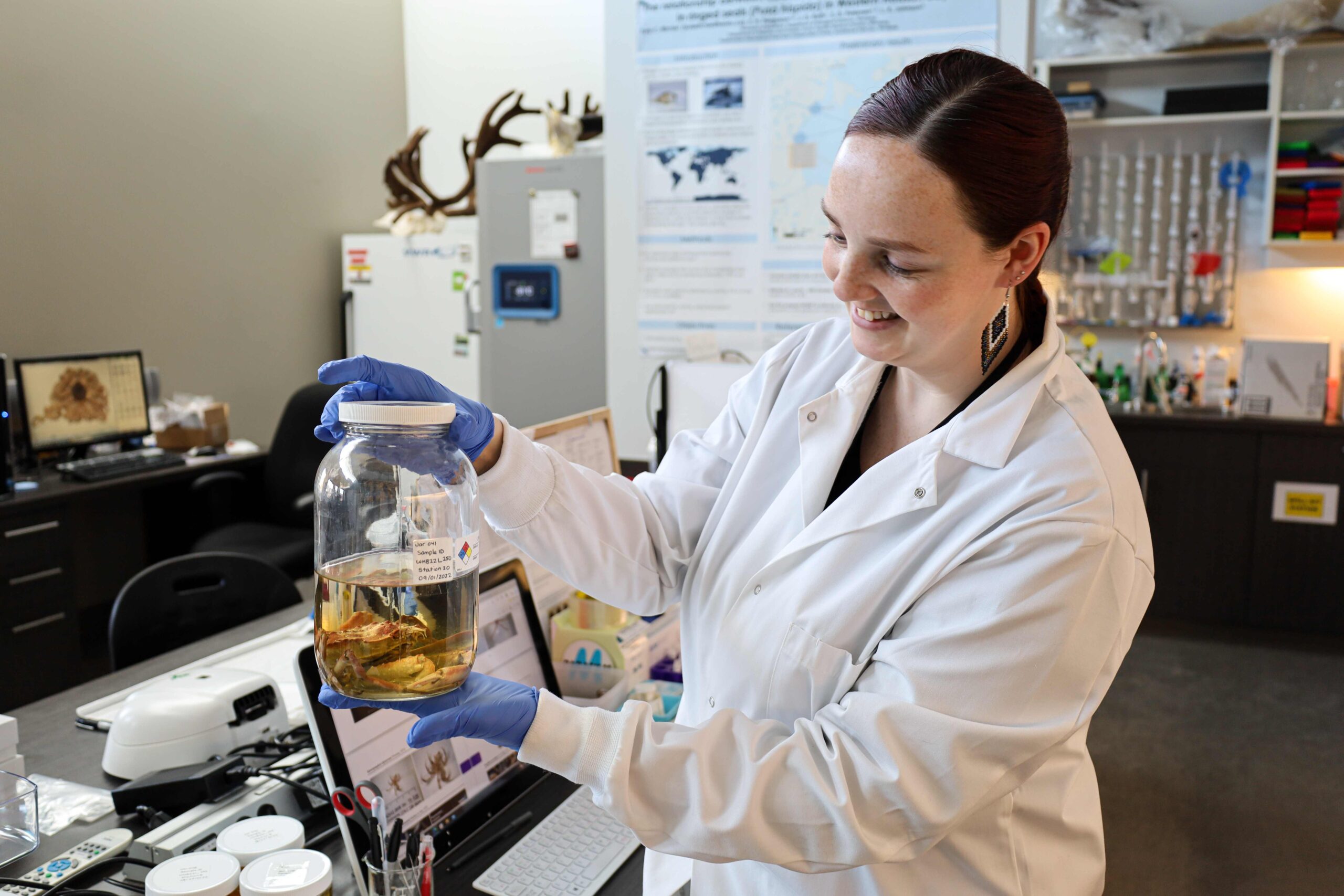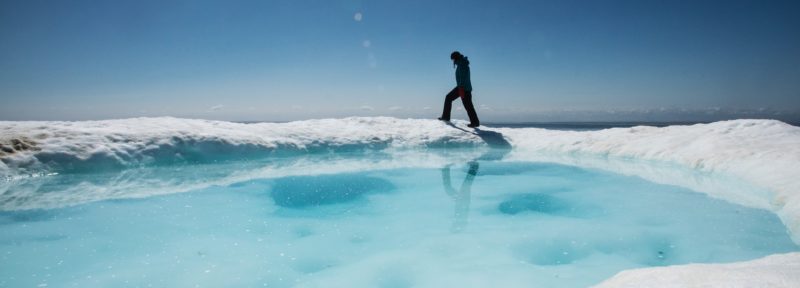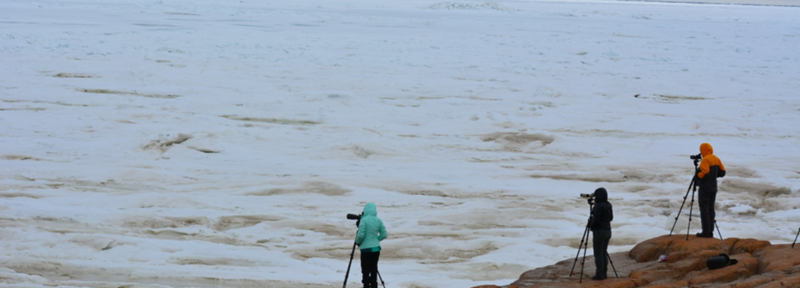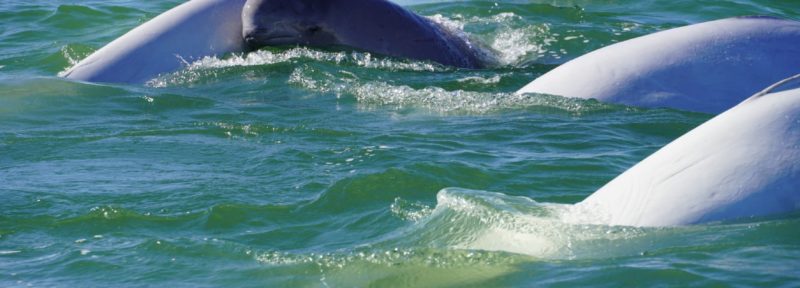Inside the Lab: Investigating the Fascinating Species of Western Hudson Bay
Credit: Assiniboine Park Conservancy
Did you know that Assiniboine Park Conservancy’s Conservation and Research team is partnering with Oceans North, Fisheries and Oceans Canada (DFO), and the Manitoba Museum to catalogue and study the species that live in the waters of Western Hudson Bay?
Samples were collected by Oceans North and DFO in 2022 from western Hudson Bay near Churchill. A range of invertebrates were collected including sea stars, urchins, snails, shrimp, crabs, mussels, clams, sponges, jellies, and more. Conservation staff are processing these specimens by taking small tissue samples for identification by DNA barcoding.
DNA barcoding is a technique used to identify and classify living organisms based on short unique sections of DNA. Genes or DNA sequences found in every species can act as a “barcode” when they accumulate a small number of changes that allow scientists to differentiate between species. By comparing these barcode sequences in the collected invertebrate samples to a database of known sequences, our researchers will be able to accurately identify the species collected.
Credit: Assiniboine Park Conservancy
The remainder of the specimens will contribute to DFO’s research as they reconstruct the food web of Hudson Bay or will be preserved for the Manitoba Museum.
This work will improve our understanding of the biodiversity in western Hudson Bay and provide valuable data to support the establishing of a National Marine Conservation Area (NMCA) and adjacent terrestrial Indigenous Protected and Conserved Areas in the region.
There are currently five NMCAs in Canada. NMCAs include submerged lands, the water above them, and any species found there. They can also take in wetlands, estuaries, islands, and other coastal lands. NMCAs are established and managed to protect and conserve representative marine areas for the benefit, education, and enjoyment of the people of Canada and the world.
Our team is thrilled to contribute to research collaborations that aim to expand our understanding of crucial biodiverse regions and take concrete steps to preserve them.







